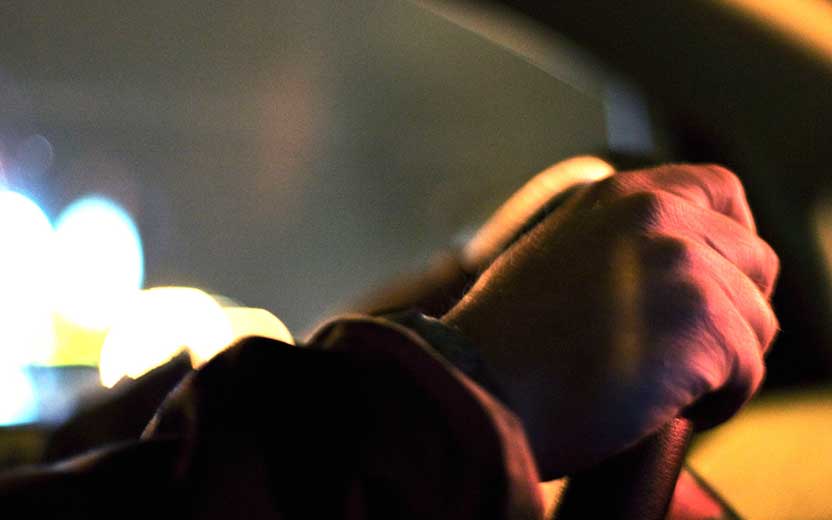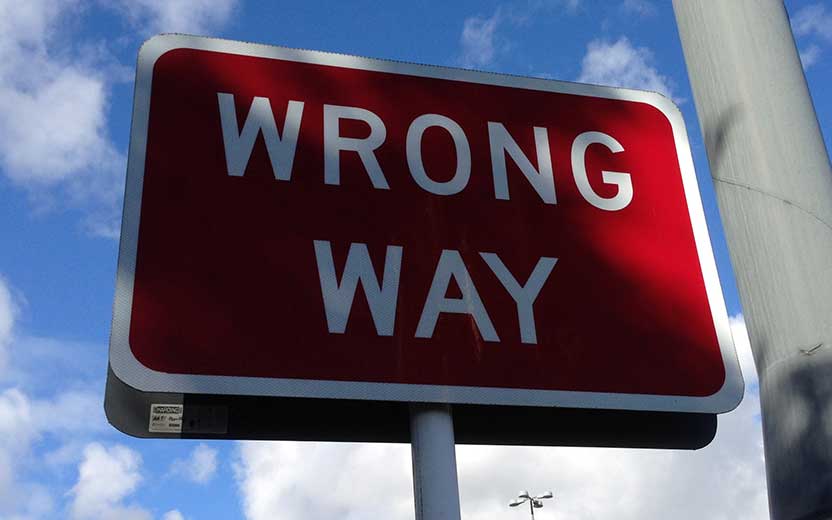By Marcus Fernandez
Many people often assume that a sidewalk is consistently safe to walk on and well-maintained to prevent injury. However, a large crack, a layer of transparent ice, or unevenness on the surface can cause a person to trip and fall.
A majority of slip and fall accidents don’t result in any serious injuries, but some instances could result in a variety of severe injuries. Falling on concrete and other hard surfaces can cause anything from scrapes, lacerations, and broken bones to concussions or other types of traumatic brain injuries. In the event of a serious injury resulting from a trip and fall on a sidewalk, injured individuals and their families may want to know who is responsible for the accident.
What Can Cause a Sidewalk Injury?
People use sidewalks to travel on foot on a daily basis, especially in metropolitan areas. Sidewalks often go years without any maintenance, often due to certain budgetary limitations, even if a sidewalk experiences heavy use on a regular basis.
Some of the common causes of falls on a sidewalk and subsequent injuries include:
- Cracks: Any cracks in a sidewalk can cause unevenness on the surface. Cracks often develop from changes in temperature that occur in concrete, shifting of the soil beneath the sidewalk, the growth of nearby trees and other plants, low-quality construction materials or inadequate installation, severe weather, or the overall age of the sidewalk.
- Debris: Debris can also gather on sidewalks, resulting in an uneven surface. Debris on sidewalks can include fallen leaves, gravel, equipment, children’s toys, construction materials, and other items.
- Snow and Ice: During the winter months or early spring, snow and ice can build up on sidewalks. Oftentimes ice is difficult to see and can cause a serious slip and fall accident.
- Potholes: As the concrete begins to separate, this could create potholes in the concrete. Ice, snow, and rain can form potholes, resulting in an uneven surface along with pools of water or ice that can make the sidewalk hazardous.
The Responsibility of Maintaining Sidewalks
The individuals responsible for maintaining sidewalks are property owners, who need to repair damage including cracks, potholes, and other issues that may put users at risk of injury. Property owners are also typically responsible for removing any buildup of ice and snow following a winter storm, or other types of debris that could accumulate and cause injury.
Damaged sidewalks could also be under the responsibility of the city, depending on local regulations and municipalities. The varying circumstances make it important to know whether the property owner or the city is responsible for maintaining sidewalks.
When Business Owners and Homeowners Are Responsible
Both homeowners and business owners are normally required to maintain any sidewalk on their property, although the city could have different regulations depending on the location. In most cases, property owners need to make sure that cracks are repaired and any debris, buildup, equipment, or other items are removed to maintain a safe environment.
For instance, a city may have a specific municipal code dictating that snow must be removed from sidewalks within a certain period of time following a snowfall. If the property owner fails to clear the snow within this period of time and someone is injured in a slip and fall accident due to the conditions, the property owner would be responsible.
On the other hand, there are certain times when the property owner may not be responsible if an injury occurs because of a slip and fall on a sidewalk. For example, a sidewalk outside of a store may experience the buildup of ice after the store closes at night. If someone slips and falls before the store opens the next day or before the store owner is required to clear the ice from the sidewalk, the store owner may not be liable.
The Liability of Cities and Municipalities
If a sidewalk is outside of private property, it normally falls under the responsibility of the municipality or city. It will be either the city or municipality’s duty to keep the sidewalk clear of debris and well-maintained to prevent injury.
Some cities will allow homeowners to share responsibility with the city to help cover the costs of repairing and replacing the sidewalks on private property.
It can be difficult to prove that the city was responsible for injuries because many larger cities are responsible for large portions of sidewalks that can make them hard to manage. Cities are incapable of constantly patrolling every inch of sidewalk and catching every crack, piece of debris, or pothole, making it necessary to prove that the city was aware of the issue via proper notices.
Figuring Out Reasonable Time
While property owners are normally given a certain “reasonable time” to discover and address defects on their sidewalks, the courts may have a different definition of reasonable time. The removal of snow and ice on sidewalks might have a smaller timeframe for removal than other more serious circumstances, but if the property owner fails to do what he or she can to mitigate the risk of harm, the property owner may still be liable even while awaiting repair services.
What property owners may be able to do while waiting for professionals to repair or clear a sidewalk is to label the area as a danger. For example, a store owner could place tape around the hazard or a sign on the sidewalk warning of ice or another danger.
The Need for Notices
The only way to prove that a city or municipality is responsible for a slip and fall accident on a sidewalk is through either actual or constructive notices.
An actual notice entails a citizen providing the municipality with a formal written complaint detailing the defect. The city may not be liable even if an actual notice is presented if the defect was too minor to warrant removal.
A constructive notice entails notifying the city of a defect that isn’t minor and actually warrants addressing. A constructive notice could involve large potholes or other defects that are deemed dangerous to the public.
Evidence Needed to Prove Liability
If an individual sustains an injury as a result of a slip and fall on a poorly maintained sidewalk, he or she will need ample evidence to prove liability.
Some of the evidence needed in slip and fall cases could include:
- Photographs of the condition that caused the accident
- Surveys that prove who is responsible for the property
- Statements from witnesses who were present at the time of the accident or who saw the dangerous conditions
- The specific damages resulting from the slip and fall, including all medical expenses, lost wages, and physical or mental pain and suffering
Consult with a Personal Injury Lawyer to Discuss a Slip and Fall on a Sidewalk
In the event of a slip and fall on a sidewalk, it’s important to consult with an experienced and knowledgeable personal injury attorney to discuss a possible case. With the help of an attorney, you may be able to prove liability and recover compensation for any injuries sustained following a slip and fall.


